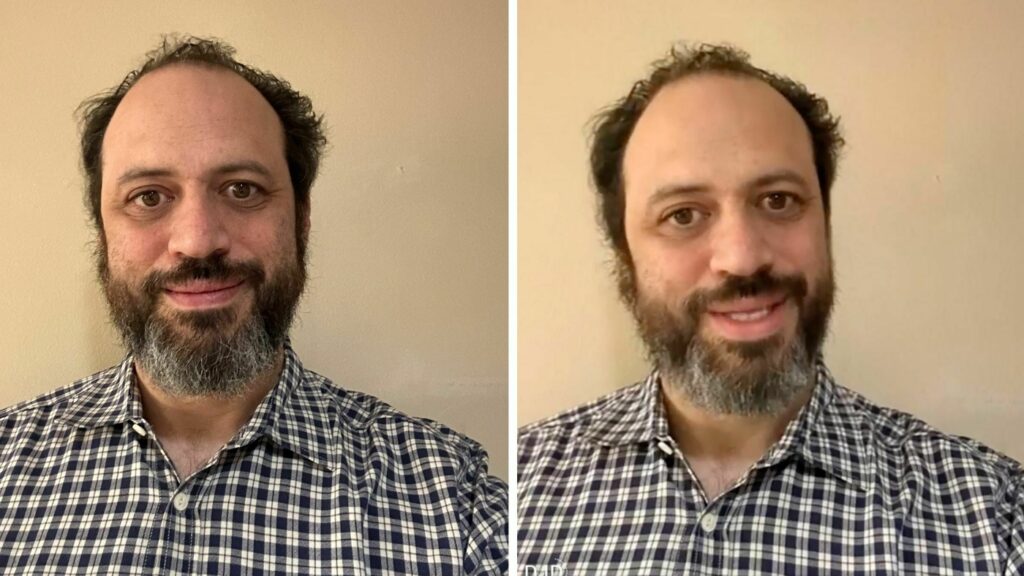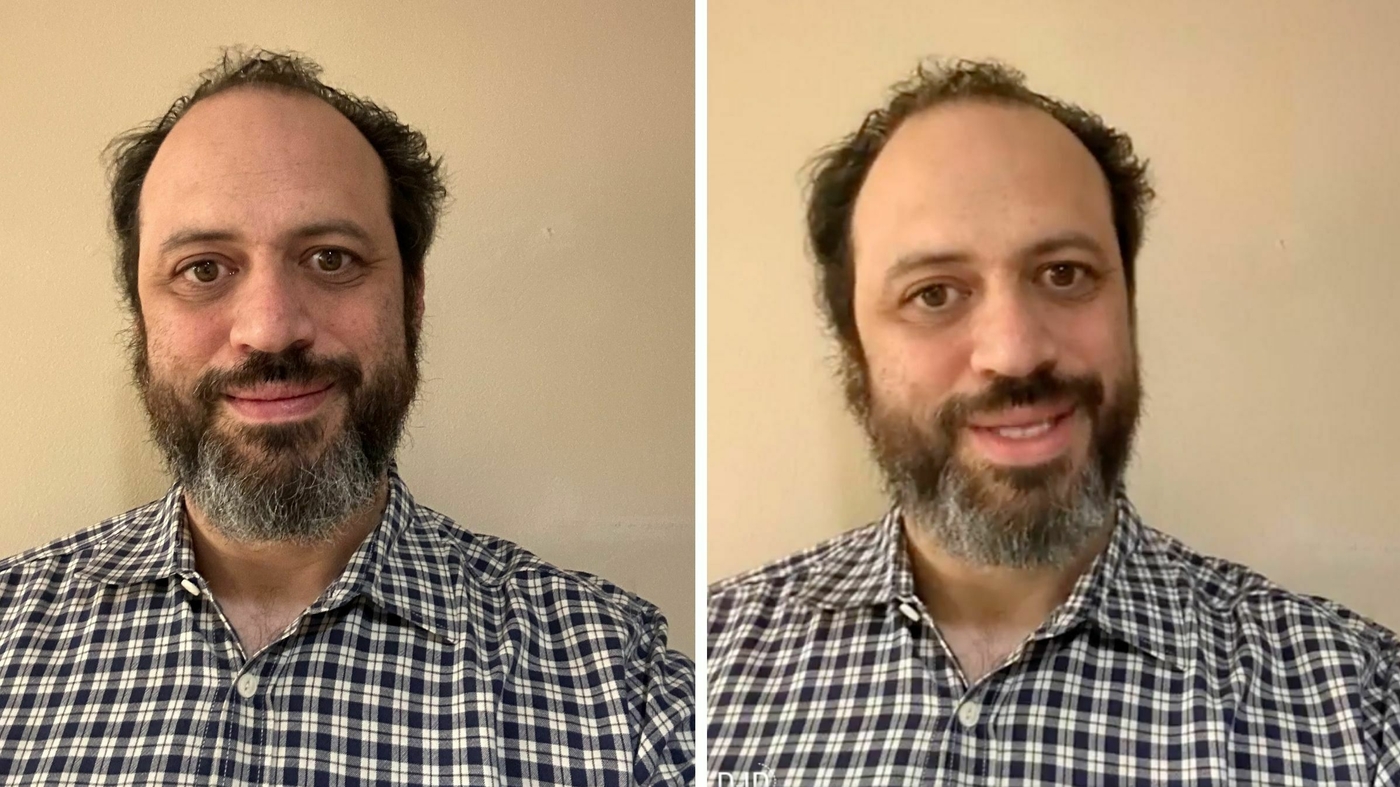
Make It or Fake It: Navigating Authenticity in a Digital Age
In an era saturated with carefully curated online personas and rapidly advancing artificial intelligence, the question of authenticity—whether to make it or fake it—has become increasingly pertinent. From social media influencers to deepfake videos, distinguishing reality from fabrication requires a discerning eye and a critical approach. This article delves into the multifaceted nature of authenticity in the digital landscape, exploring the motivations behind manufactured realities, the implications for individuals and society, and strategies for navigating this complex terrain. We’ll examine how the pressure to present a perfect image online can lead to a blurring of lines between genuine self-expression and calculated performance, and consider the ethical considerations surrounding the use of AI to create convincingly fake content. Ultimately, we aim to equip readers with the tools to critically assess the information they consume and to cultivate a deeper understanding of what it truly means to be authentic in a world increasingly shaped by digital constructs.
The Rise of the Manufactured Self
The advent of social media platforms has revolutionized the way individuals present themselves to the world. While these platforms offer unprecedented opportunities for connection and self-expression, they also foster a culture of curated perfection. Users are often incentivized to present an idealized version of their lives, carefully selecting photos, crafting witty captions, and employing filters to enhance their appearance. This pressure to conform to unrealistic standards can lead to a phenomenon known as the “manufactured self,” where individuals prioritize external validation over genuine self-expression.
The motivations behind the manufactured self are complex and varied. For some, it stems from a desire to fit in and be accepted by their peers. Others may be driven by a need for attention and validation, seeking to accumulate likes, comments, and followers. Still others may view their online persona as a carefully constructed brand, designed to attract opportunities and advance their careers. Regardless of the underlying motivations, the consequences of the manufactured self can be profound. Individuals may experience feelings of anxiety, inadequacy, and inauthenticity, as they struggle to reconcile their online persona with their true selves. This disconnect can lead to a sense of alienation and a diminished sense of self-worth.
Deepfakes and the Erosion of Trust
The rise of deepfake technology has further complicated the issue of authenticity in the digital age. Deepfakes are AI-generated videos or images that convincingly depict individuals saying or doing things they never actually said or did. These sophisticated forgeries have the potential to be used for malicious purposes, such as spreading misinformation, damaging reputations, and even inciting violence. The ease with which deepfakes can be created and disseminated poses a significant threat to the integrity of information and the public’s trust in media.
The implications of deepfakes extend far beyond the realm of entertainment. In the political arena, deepfakes could be used to manipulate elections or to undermine public confidence in government institutions. In the business world, they could be used to damage a company’s reputation or to extort money from individuals. In personal relationships, they could be used to harass or blackmail individuals. The potential for misuse is vast and alarming.
Combating the spread of deepfakes requires a multi-pronged approach. Technological solutions, such as AI-powered detection tools, are being developed to identify and flag deepfakes. Media literacy education is crucial to equip individuals with the skills to critically evaluate the information they consume and to recognize the signs of manipulation. Legal frameworks are needed to hold perpetrators accountable for creating and disseminating deepfakes with malicious intent. Ultimately, a collective effort is required to safeguard the integrity of information and to protect individuals from the harms of deepfake technology. The question becomes, how do we truly make it real when so much can be faked?
The Ethics of Faking It
The question of whether to make it or fake it raises important ethical considerations. While it may be tempting to present a carefully curated version of oneself online, it is important to consider the potential consequences of such deception. Lying about one’s accomplishments, fabricating experiences, or misrepresenting one’s identity can erode trust and damage relationships. Moreover, the pursuit of external validation through artificial means can lead to a diminished sense of self-worth and a distorted perception of reality.
However, the line between authenticity and performance is not always clear-cut. In certain contexts, such as acting or marketing, a degree of artifice may be necessary or even desirable. The key is to be transparent about the nature of the performance and to avoid misleading or deceiving others. It is also important to consider the potential impact of one’s actions on others. What may seem like a harmless exaggeration to one person could be deeply offensive or harmful to another.
Ultimately, the decision of whether to make it or fake it is a personal one. However, it is important to make this decision with careful consideration of the ethical implications and the potential consequences for oneself and others. Striving for authenticity, while not always easy, fosters genuine connections and builds trust, contributing to a more meaningful and fulfilling life. There is a significant difference between strategically showcasing strengths and outright faking an entire persona.
Strategies for Navigating the Digital Landscape
In order to navigate the complex landscape of authenticity in the digital age, it is essential to develop critical thinking skills and to cultivate a healthy skepticism towards the information we consume. Here are some strategies for discerning reality from fabrication:
- Verify information from multiple sources: Don’t rely solely on social media or unverified news sources. Check information against reputable news outlets and fact-checking websites.
- Be wary of sensational headlines and emotional appeals: These tactics are often used to manipulate emotions and to bypass critical thinking.
- Look for signs of manipulation: Pay attention to details such as image quality, audio consistency, and body language. Deepfakes often have subtle imperfections that can be detected with careful observation.
- Consider the source: Who is behind the information? What are their motivations? Are they credible and trustworthy?
- Cultivate media literacy: Educate yourself about the techniques used to manipulate information and to influence public opinion. [See also: Media Literacy in the Digital Age]
- Promote critical thinking: Encourage others to question assumptions, to challenge narratives, and to seek out diverse perspectives.
Embracing Authenticity in a Digital World
While the digital world presents numerous challenges to authenticity, it also offers opportunities for genuine connection and self-expression. By being mindful of the pressures to conform, by developing critical thinking skills, and by prioritizing genuine relationships, individuals can navigate the digital landscape with integrity and authenticity. Embracing one’s true self, flaws and all, is a powerful act of resistance against the forces of conformity and artificiality. It allows us to connect with others on a deeper level and to build a more authentic and meaningful life.
The key is to find a balance between presenting oneself in a positive light and maintaining honesty and transparency. Sharing vulnerabilities and imperfections can foster trust and create a sense of connection with others. Focusing on genuine experiences and meaningful interactions, rather than on superficial metrics, can lead to a more fulfilling online presence. In a world that often rewards artifice and deception, choosing authenticity is a radical act of self-acceptance and self-expression. It’s about learning how to make it real for yourself, regardless of external pressures.
Conclusion
The question of make it or fake it is a defining challenge of the digital age. As technology continues to blur the lines between reality and fabrication, it is more important than ever to cultivate critical thinking skills, to prioritize authenticity, and to embrace the value of genuine human connection. By being mindful of the pressures to conform, by developing media literacy, and by promoting ethical behavior, we can navigate the digital landscape with integrity and create a more authentic and meaningful world. The choice is ours: to succumb to the allure of artificiality or to embrace the power of authenticity. Let us choose authenticity, for it is in our truest selves that we find our greatest strength and our deepest connections. We must strive to make it real, not just for ourselves, but for the future of our society.

